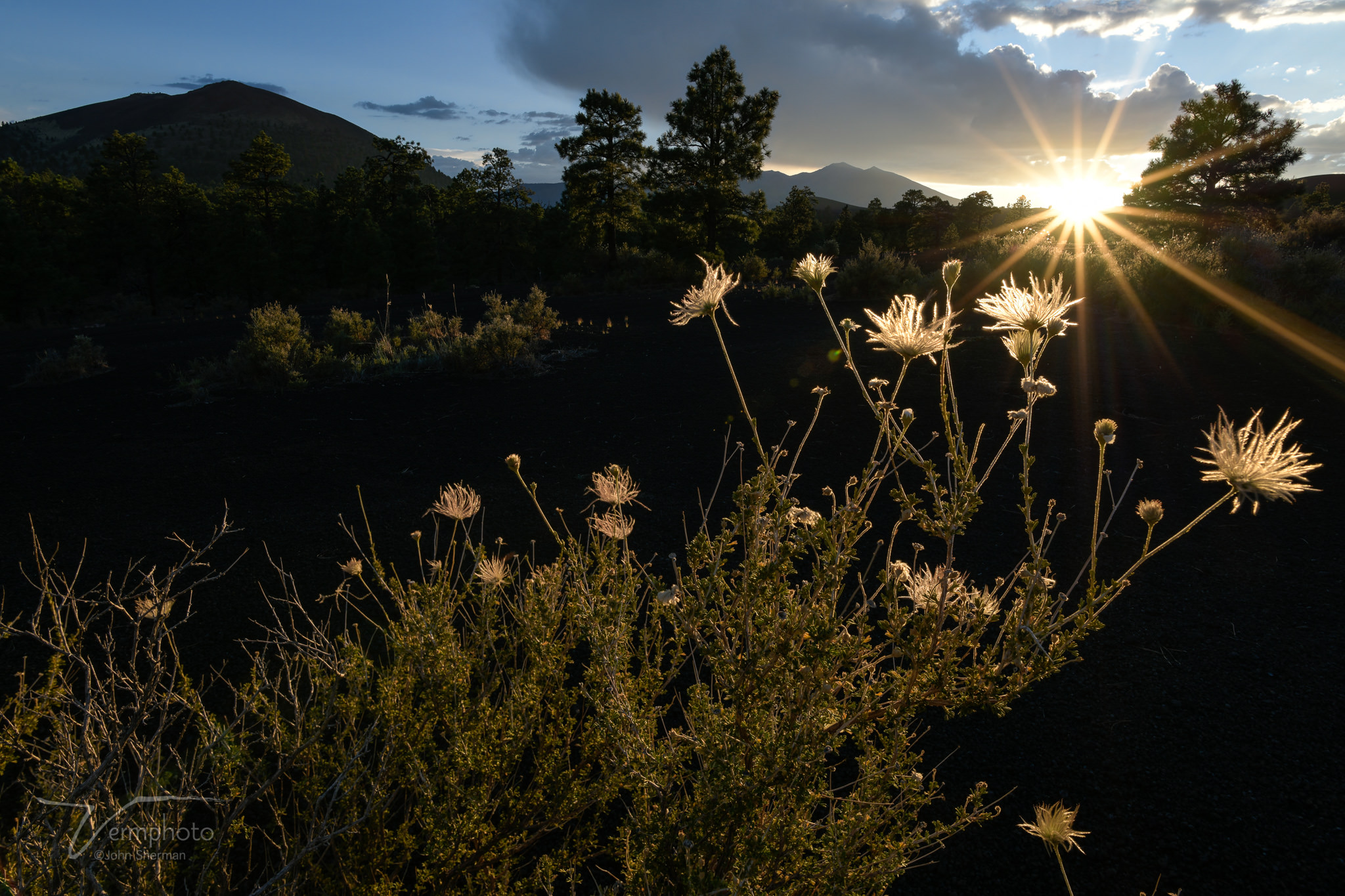

Not such a great image artistically for me. It’s actually 3 images blended, an f2.8 stack and an f8 stack with the f2.8 stack converted from RAW at a neutral white balance and a cool white balance for shadows and depth enhancement via color perception.Īs an experiment, the result is interesting. I set this little grouping up really quickly since I was out to test the technique. Again, it’s easy to combine stacks with different settings, like f5.6 or f8 for optimal image sharpness with f1.8 for best background blur (bokeh). Helicon Focus is used to combine the images using an edge detection algorithm.
#Nikon focus stacking software how to#
In the B&H Video, 21st Century Composition Theory (Day 2): ExDR Extending the Dynamic Range of Focus and Bokeh (the quality of blur) and How to Shoot For It Vincent suggests using all 300 available images and a small step size since memory card space is free.

This is no different from automated exposure bracketing which has been a DSLR feature for many years and used for High Dynamic Range (HDR) photographs.

In these latest Nikon cameras, the D850 and Z series, the autofocus system has a function in which it will step through a range of focus, capturing up to 300 images at a variable step size. I never went to the additional step of image harvesting, where multiple views or angles are combined just because it seemed like photomontage to me, but Vincent has pulled it off quite well. It was need to put two different planes of focus together into a single image using the usual masking techniques in Photoshop, If you’re clever and sensitive enough to make it a believable probability, the final image represented reality in a way that satisfied perceptual expectations, but was way beyond a straight capture in camera. These captures are then combined into a single image. The original technique was to use multiple captures of a scene (camera on tripod) in which focus, exposure, aperture, and/or shutter speed were varied. This is a technique that Vincent Versace presented in his Welcome to Oz book, which is now out of print and selling at a premium used. Today I’ll talk a bit about focus stacking which Nikon calls “Focus Shift”. I’ve already talked about the Z-7 evaluation and film transfer. I set the graphics card preference to auto to let photoshop decide when to use it.An exercise in computational photography was another effort in my midwinter photography exploration. Maybe graphics card is not on the Photoshop approved list or too little memory or a need for Adobe tech support. If Photoshop is going blue screen something is certainly wrong. You want some blur in the background so the last shot should leave some out of focus, and you want to discard those showing movement after alignment, which is something Photoshop is good at seeing. To me it's more about selecting the right starting and ending shots for the sequence. Helicon and Zerene also have similar features but seem to handle a lot more shots no problem. Canon has it built into dpp4 and that works well also, with an editor to use after stacking to 'paint' which part of which shot to use. I like that you get the actual layers with masks to work with if needed. I usually have 30 shots or fewer and Photoshop handles that well enough, but it takes a while.


 0 kommentar(er)
0 kommentar(er)
